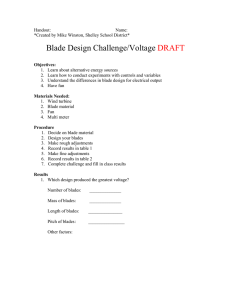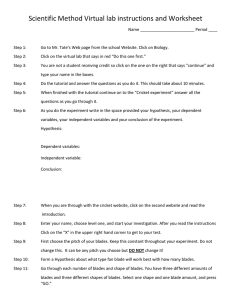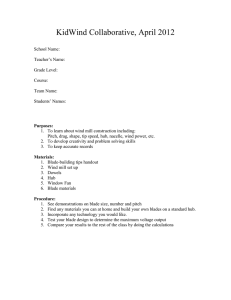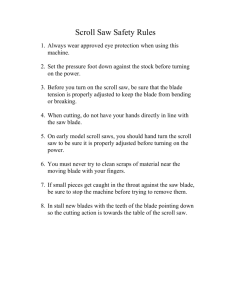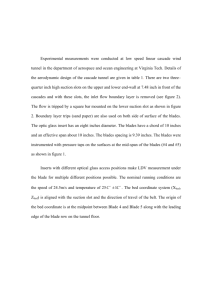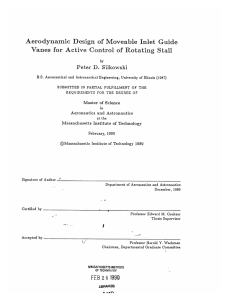Individual Lab Report
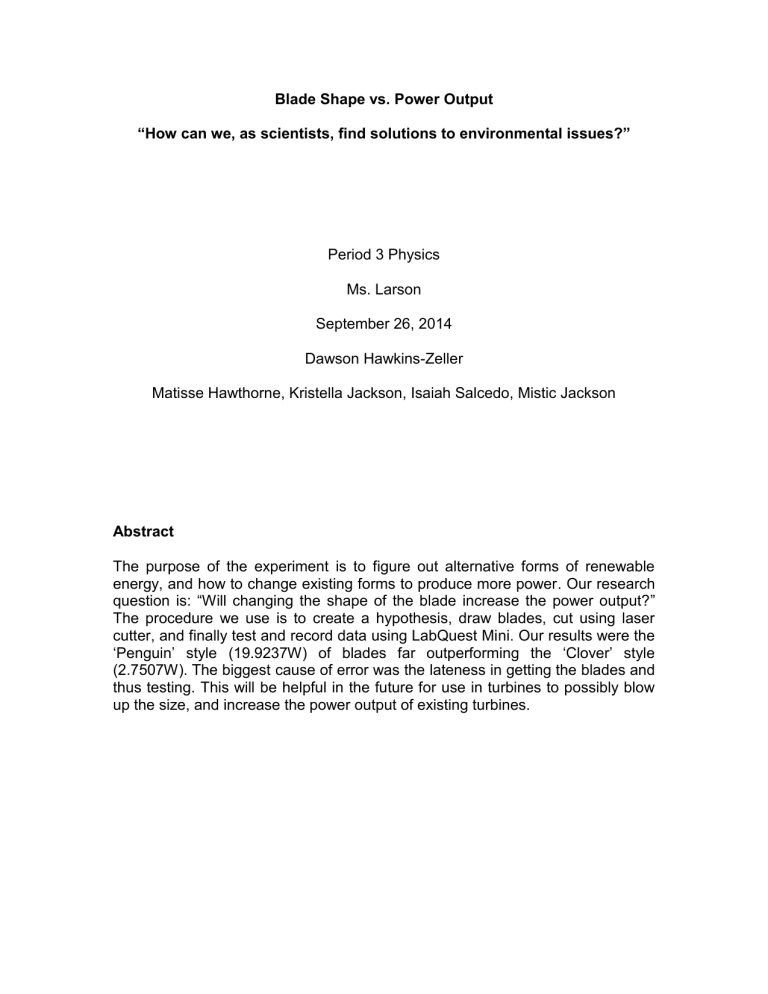
Blade Shape vs. Power Output
“How can we, as scientists, find solutions to environmental issues?”
Period 3 Physics
Ms. Larson
September 26, 2014
Dawson Hawkins-Zeller
Matisse Hawthorne, Kristella Jackson, Isaiah Salcedo, Mistic Jackson
Abstract
The purpose of the experiment is to figure out alternative forms of renewable energy, and how to change existing forms to produce more power. Our research question is: “Will changing the shape of the blade increase the power output?”
The procedure we use is to create a hypothesis, draw blades, cut using laser cutter, and finally test and record data using LabQuest Mini. Our results were the
‘Penguin’ style (19.9237W) of blades far outperforming the ‘Clover’ style
(2.7507W). The biggest cause of error was the lateness in getting the blades and thus testing. This will be helpful in the future for use in turbines to possibly blow up the size, and increase the power output of existing turbines.
Introduction
Our experiment was to test the Power Output of a wind turbine with homemade blades. Our Independent Variable (IV) was the shape of the blades because that was the variable being changed. The Dependent Variable (DV) was the Power
Output because it depends on the changes we make to the IV. The control variables were the number of blades, turbine base, blade angle, blade length, type of wood, and time of each test, and the reason we need control variables are mainly because we need to be able to control the environment to get the most accurate results. Our hypothesis was ‘If we use the ‘Penguin’ style of blade, then the Power Output will increase
’.
Materials
Balsa Wood
Data tables
Fan and turbine
LabQuest Mini
Blade designs
Laser Cutter
Vernier Energy Sensor ii
Procedure
Our procedure was to first make a rough draft of the lab report. Next, we learned about making Flawless Procedures. We then proceeded to refine our skills for the parts necessary in the experiment. We worked on the Procedure, refining the research question to make it more specific, and finally, enhancing the hypothesis to deepen our research. After that, we started designing our blades. We started with 3 blades, but eventually, due to laser cutter issues, we only had two. Our designs were called ‘Penguin’ and ‘Clover’. We then tested them using LabQuest
Mini for 30 seconds each, and recorded data through there. We then calculated
Power and Voltage using equation triangles. At the end we graphed our results in a bar graph in Excel. iii
Raw Data
AVERAGE
VOLTAGE (V)
Blade
Arrangement Trial 1
Clover
Penguin
0.2844
2.792
( V)
AVERAGE
CURRENT ( A)
Trial 2 Trial 3 Trial 1
0.6721
0.5332
5.446
3.009
3.175
6.576
TIME (s)
Trial
2
Trial
3 for all trials
5.718
5.41
6.663
6.738
30
30
Processed Data
AVERAGE
VOLTAGE (V)
AVERAGE
CURRENT ( A)
Power
(W) Time(s) Energy(J)
Blade
Arrangement
ADD 3 trials and divide by 3
ADD 3 trials and divide by 3
Blade
Arrangement
Clover .4979 V 2.7507W
30 5.5247A
Clover
Penguin 2.992 V 6.6590A
Penguin 19.9237W
30
82.5219J
597.7118J
Power = (Current)(Voltage) = IV = (2.992)(6.659) = 19.923728 Watts iv
Blade Shape vs. Power Output
v
Conclusion
To conclude, the purpose of the experiment is to figure out alternative forms of renewable energy, and how to change existing forms to produce more power. The question was: “Will changing the shape of the blade increase the power output?
” The procedure we used was to create a hypothesis, draw blades, cut using laser cutter, and finally test and record data using LabQuest Mini.
Our results were the ‘Penguin’ style (19.9237W) of blades producing far more power than the ‘Clover’ style (2.7507W). The biggest cause of error was the lateness in getting the blades and thus testing. Other possible causes of error include time management, like when we were messing around and looking at funny pictures. Another cause of error was the usual factor of human error. This will be helpful in the future for use in turbines to possibly increase the size, and increase the power output of existing turbines.
vi
